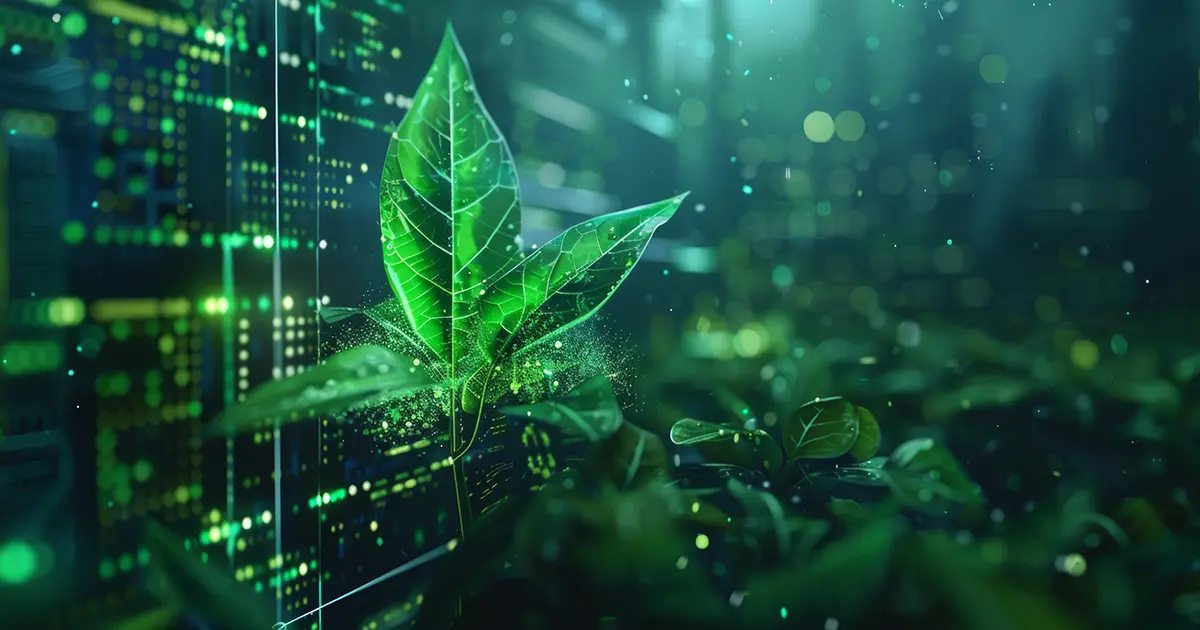
Environmental laboratories are critical in safeguarding ecosystems, public health, and natural resources. In an era where climate change, industrial activity, and emerging pollutants pose escalating risks, environmental lab innovations are reshaping how scientists collect, analyze, and share data. These innovations not only improve accuracy and compliance but also empower organizations to act proactively in protecting the planet.
The Expanding Role of Environmental Laboratories
Environmental labs support industries, government agencies, and research institutions by monitoring air, water, and soil quality, tracking chemical pollutants, and ensuring compliance with strict regulations such as EPA standards, the Clean Water Act, and ISO/IEC 17025. According to the U.S. Environmental Protection Agency (EPA), environmental monitoring programs directly inform policies that protect drinking water, manage hazardous waste, and control air pollution. Labs are no longer just testing facilities; they are innovation hubs driving sustainable change.
Key Environmental Lab Innovations Shaping the Future
Real-Time Monitoring and Advanced Sensors
One of the most impactful innovations is the development of advanced sensors and automated sampling technologies. These tools enable continuous monitoring of air and water quality, capturing pollutant levels in real time. A 2024 report from MarketsandMarkets projects the global environmental sensor market will surpass $20 billion by 2030, reflecting the demand for accurate, real-time environmental data. This capability accelerates emergency responses to contamination events and supports long-term ecological studies.
Genomic and Molecular Analysis (eDNA)
Environmental DNA (eDNA) has revolutionized biodiversity monitoring. By analyzing genetic material found in soil, water, or air, labs can identify species without capturing or disturbing them. A 2023 Nature Ecology & Evolution study highlighted how eDNA improved invasive species tracking in aquatic ecosystems, demonstrating higher sensitivity than traditional sampling methods. This innovation is helping conservationists and regulators make more informed decisions about biodiversity and habitat protection.
High-Resolution Mass Spectrometry for Emerging Contaminants
Innovations in high-resolution mass spectrometry (HRMS) are enabling labs to detect pollutants once thought undetectable. This includes microplastics, pharmaceutical residues, and PFAS (“forever chemicals”), which the U.S. Geological Survey (USGS) found in nearly half of U.S. tap water samples tested in 2023. These breakthroughs allow environmental labs to measure contaminants at trace levels, ensuring compliance with new EPA standards and helping communities understand their exposure risks.
Automation and Robotics in Environmental Testing
Automation has become essential in laboratories handling high sample volumes. Robotics systems are increasingly used for liquid handling, sample preparation, and repetitive testing processes. According to the American Chemical Society, automated workflows reduce human error, minimize cross-contamination, and boost efficiency, which is critical for labs that must produce fast, reliable results to meet compliance deadlines.
Data Integration and Cloud-Based Platforms
Data management has emerged as a major innovation driver. Cloud platforms allow environmental data to be securely stored, shared, and integrated with geographic information systems (GIS). These systems support collaborative projects, from watershed management to climate resilience planning. A report by Deloitte on environmental analytics emphasizes that integrated data platforms reduce silos, accelerate insights, and improve the transparency of environmental decision-making.
Emerging Frontiers: AI, Predictive Analytics, and Sustainability
Looking forward, artificial intelligence (AI) and predictive analytics are expected to redefine environmental testing. AI models can identify patterns in vast datasets, forecast pollutant spread, and model ecological impacts. The World Economic Forum reported in 2024 that AI-driven predictive systems could reduce environmental monitoring costs by up to 30% while improving accuracy. At the same time, laboratories themselves are adopting sustainable practices such as energy-efficient instruments, electronic workflows, and green chemistry protocols to minimize their own environmental impact.
Why Environmental Lab Innovations Matter
The innovations shaping environmental labs go far beyond technical improvements. They safeguard communities by detecting harmful contaminants early, guide conservation through advanced biodiversity monitoring, and support sustainability efforts by informing policy and industry practices. These breakthroughs provide resilience against climate challenges, ensuring that societies are better prepared to manage environmental risks.
How LabLynx Helps Environmental Labs Keep Up with Innovation
Adopting new technologies requires more than advanced equipment; it requires robust systems for managing data, workflows, and compliance. That is where LabLynx comes in. Our environmental LIMS solutions are designed to integrate seamlessly with cutting-edge instruments and platforms, ensuring that every innovation is supported by secure, compliant, and efficient data management.
- Streamlined Data Management: LabLynx captures, organizes, and secures data from sensors, HRMS instruments, and eDNA analysis tools.
- Compliance Assurance: Automated audit trails, validation tools, and reporting keep labs aligned with EPA, ISO/IEC 17025, and other global standards.
- Scalable Innovation: Cloud deployment and modular workflows ensure that as labs adopt AI, robotics, or new testing protocols, their LIMS grows with them.
- Collaboration and Transparency: LabLynx enables data sharing with agencies, clients, and stakeholders while maintaining security and traceability.
With LabLynx, environmental labs do not just adopt innovations; they maximize their impact, delivering insights that drive sustainability, resilience, and trust.
Final Thoughts
Environmental lab innovations are shaping a more sustainable and resilient future. From real-time sensors and genomic analysis to mass spectrometry, robotics, cloud platforms, and AI, these breakthroughs are transforming how laboratories operate and how societies respond to ecological challenges. With LabLynx, environmental labs are empowered to harness these innovations effectively, ensuring that technology not only advances science but also strengthens environmental stewardship.
Accelerate Your Lab's Success & Experience LabLynx
"*" indicates required fields
Explore the LabLynx Suites

LIMS Suite
Seamless Sample and Workflow Management
The LabLynx LIMS Suite empowers laboratories with the tools needed to manage samples, workflows, compliance, and more in one centralized system. It’s the backbone for labs seeking efficient, reliable, and scalable management solutions.

ELN Suite
The LabLynx ELN Suite offers a modern approach to managing lab data and experiments. With its secure, intuitive platform, your team can record, store, and collaborate effortlessly, supporting innovation every step of the way.

Lab Automation
Automate for Efficiency and Growth
Streamline operations and boost productivity with the LabLynx Lab Automation Suite. Designed for labs ready to embrace advanced automation, this suite integrates systems, instruments, and workflows to deliver efficiency at scale.

